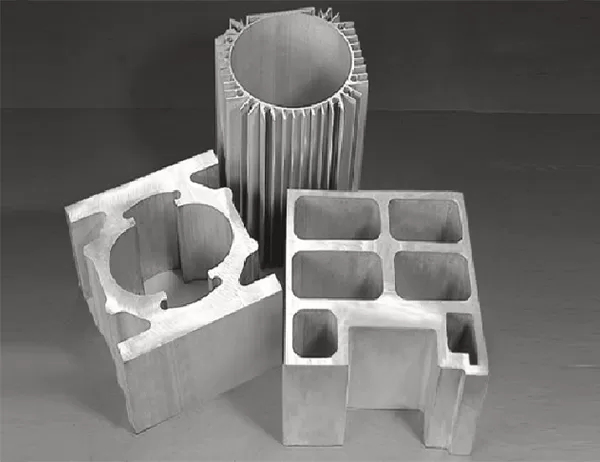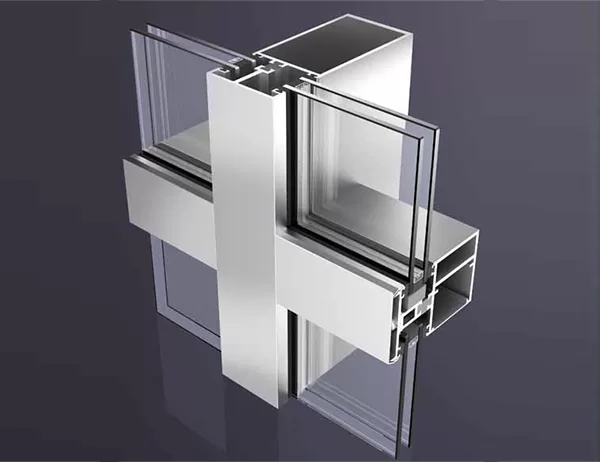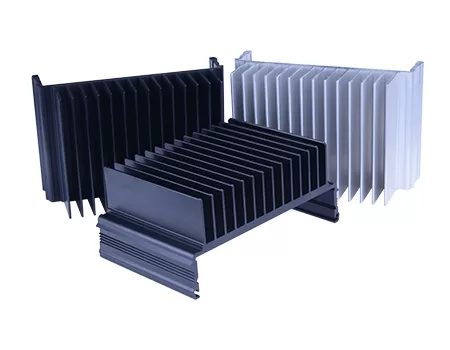Aluminum profiles have revolutionized the design and functionality of wardrobes, offering unparalleled versatility, durability, and aesthetic appeal. This article explores the rich history and evolution of aluminum profiles in wardrobe design, highlighting their key advantages and the transformative impact they have had on the industry.
Early Applications:
Aluminum first entered the wardrobe industry in the early 20th century as a lightweight and durable alternative to traditional materials like wood and steel. Early aluminum profiles were used primarily for framing and reinforcing wardrobe structures, providing additional support and stability.
Post-World War II Innovations:
After World War II, the use of aluminum profiles in wardrobe design accelerated rapidly. Advancements in extrusion technology allowed for the production of more intricate and customized profiles, enabling the creation of sleek and modern designs. Aluminum’s corrosion resistance and low maintenance requirements made it an ideal choice for environments with high humidity or frequent use.
Customization and Versatility:
One of the key advantages of aluminum profiles is their exceptional customization and versatility. They can be extruded in various shapes, sizes, and finishes to meet specific design requirements. This flexibility allows wardrobe designers to create unique and personalized storage solutions that cater to individual preferences and space constraints.
Structural Integrity and Durability:
Aluminum profiles provide superior structural integrity and durability compared to other materials. Their lightweight nature does not compromise their strength, ensuring that wardrobes can withstand heavy loads and frequent use. Aluminum’s resistance to warping, bending, and corrosion further enhances its longevity and reliability.
Aesthetic Appeal and Versatility:
In addition to their functional benefits, aluminum profiles offer significant aesthetic value. Their sleek lines and metallic finishes complement any decor style, from classic to contemporary. The versatility of aluminum allows for the creation of profiles with intricate designs and patterns, adding a touch of elegance and sophistication to wardrobe design.
Integration and Functionality:
Aluminum profiles seamlessly integrate with other wardrobe components, such as shelves, drawers, and doors. Their ability to create smooth and precise connections ensures a cohesive and functional storage system. The incorporation of integrated lighting within aluminum profiles further enhances their functionality, providing convenient illumination for wardrobe interiors.
Future Outlook:
The future of aluminum profiles in wardrobe design looks promising, with continuous advancements in technology and innovation. The development of lightweight and ultra-strong alloys, coupled with the integration of smart home features and customized designs, is expected to further enhance the versatility and user experience of aluminum profiles in wardrobes.




